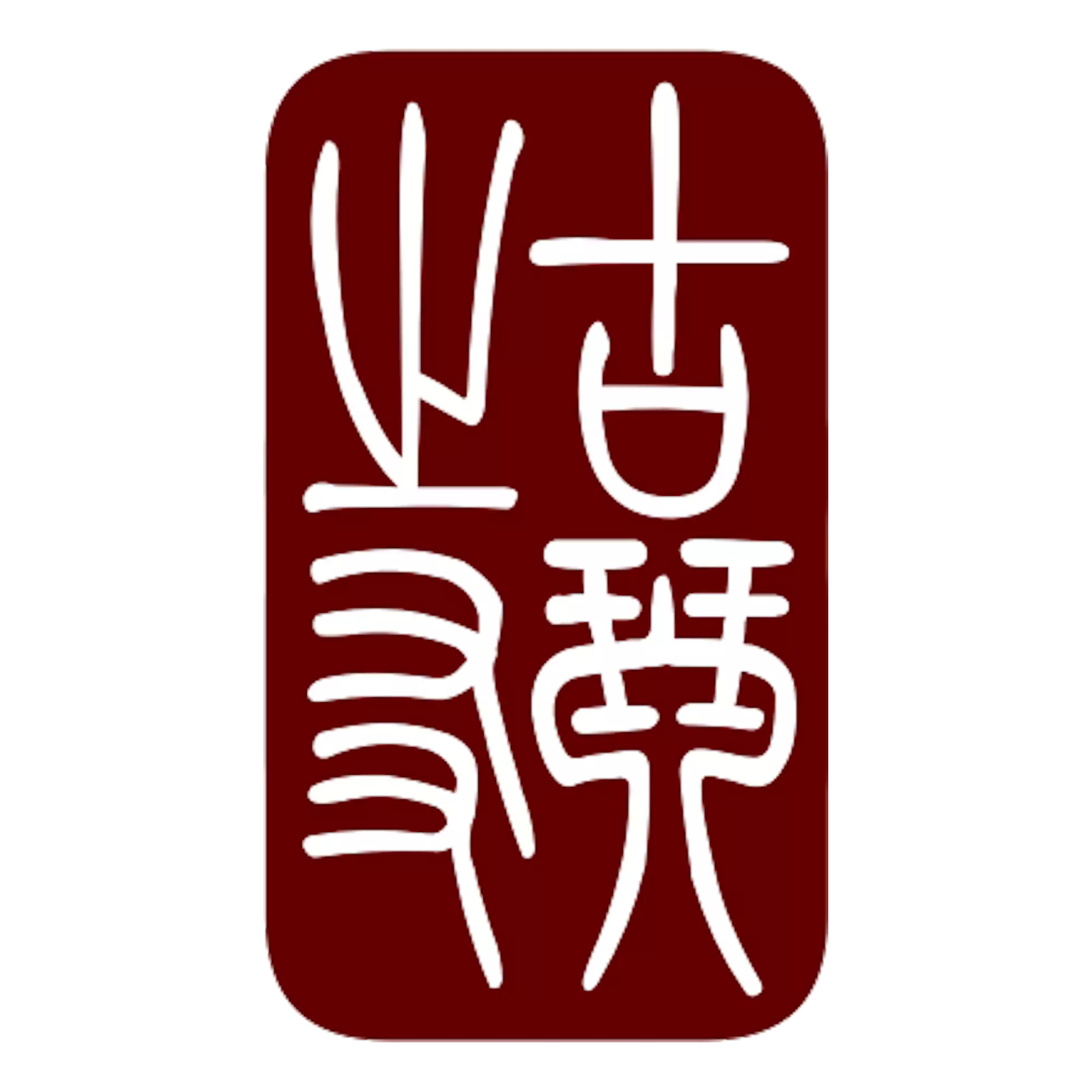Late last year, I had the opportunity to speak with Shuishan Yu 于水山, an architecture professor and master of the guqin. Master Yu is a representative of the Meian tradition, specifically its fourth generation.
After greeting Master Yu and explaining our immersion in the Chinese zither through the Spanish translation of Professor Lieberman’s study on the Meian qinpu 梅庵琴譜 manual, Master Yu shared his perspective on interpretation and the fingering techniques described through jianzipu 减字谱, or abbreviated character tablature. Then he reviewed the Meian tradition and finally we asked him what he likes to play and what he likes to listen to.
The importance of jianzipu#
Jianzipu is very important for the guqin, as I feel that fingering is part of the performance. When you look at old scores, sometimes the indicated way for you to play in order to get the sound seems less convenient than other options. In my opinion, in many of those cases, whoever wrote that music wanted you to use a specific fingering because that fingering captured the meaning of the music. For example, in Meian qinpu, ‘Wild geese descending on a sandbank’ (Pingsha luoYan 平沙落雁), many fingerings resemble the flapping of birds’ wings. Music is abstract, and somehow, with the guqin, there is another layer added to the song. Fingering is part of the composition—it’s intentional, it’s part of its design.
The player always faces the audience. I feel that fingering can sometimes have as much expressive power as the sound it produces. I truly believe there is a reason for the jianzipu notation to exist: it makes hand gestures an expressive part of the song, creating a greater emotional impact. It’s almost like a fingering dance. My teacher, Mr. Wu Ziying 吳自英, never spoke during lessons. When I studied with him, I could see how beautiful his hand movements were and how powerful the music became when combined with expressive fingering.
Meian tradition#
Wu Ziying was a student of Xu Lisun 徐立孫, who in turn was a student of Wang Binlu 王賓魯, also known as Wang Yanqing 王燕卿. Mr. Wang was from the Zhucheng school and later went to Nanjing to teach the guqin at the university there. He never officially declared a new school. However, Xu Lisun realized that Wang Binlu’s playing was very different from what he had heard in the Zhucheng school. So, Xu Lisun decided to compile what he had learned from his teacher into a qinpu (guqin manual). By the time the compilation was finished, Mr. Wang had already passed away. The book was given the name Meian because that was the place where Mr. Wang had taught the guqin. It was at that time that the term Meian school came into being.
Wu Ziying studied with Xu Lisun but also learned from other guqin masters, including Wu Jinglue 吳景略 and Zha Fuxi 査阜西. My master did not study only Meian pieces; he also learned from other schools, including the Yushan school. My playing is not 100% Meian either — I play many pieces outside of the Meian tradition. After all, there are only fourteen pieces in Meian.
Favorite pieces to play?#
‘Flowing Water’ (Liu shui 流水) is definitely one of my favorites. Another one is ‘Mist and Clouds Over the Xiang River’ (Xiaoxiang shuiyun 瀟湘水雲). I also really like ‘Encountering Distress’ (Lisao 離騷), particularly Wu Jinglue’s version. ‘Wearing Orchids’ (Pei lan 佩兰) is another piece I enjoy — it belongs to the Sichuan school. My favorite Meian piece is the Pingsha luoyan version. There are forty different versions of Pingsha luoyan, and the Meian version is the longest. I also love ‘Dragon roar from the deep blue sea’ (Canghai longyin 滄海龍吟), where some of the fingerings remind me of a dragon’s claw. One of my favorite interpretations of Canghai Longyin is by Yue Ying 樂瑛, one of the few female guqin masters.
Favorite pieces to listen to?#
I enjoy listening to the pieces I play but also appreciate ‘Puan buddhist incantations’ (Puan zhou 普安咒). When it comes to listening, there are many factors to consider, especially since many recordings are of poor quality. Still, I find myself drawn to early recordings. Even though they lack details due to technical limitations, they convey the essence of those old masters, who overcame such obstacles to reach us. It’s like ancient Greek sculptures—they may be incomplete, but their beauty remains.
Links#
We want to thank Shuishan Yu for his time and the opportunity to speak with us.
We have found some videos of Shuishan Yu, as well as recordings of his master, Wu Ziying, and Yue Ying’s performance of Canghai longyin. They are listed below Shuishan Yu’s profile links on Amazon Music, Spotify, and YouTube.
- Yu Shuishan on Amazon Music
- Yu Shuishan on Spotify
- Yu Shuishan on Youtube
- Playlist of Wu Ziying on Youtube
- Yue Ying recording of Canghai longyin on Youtube
